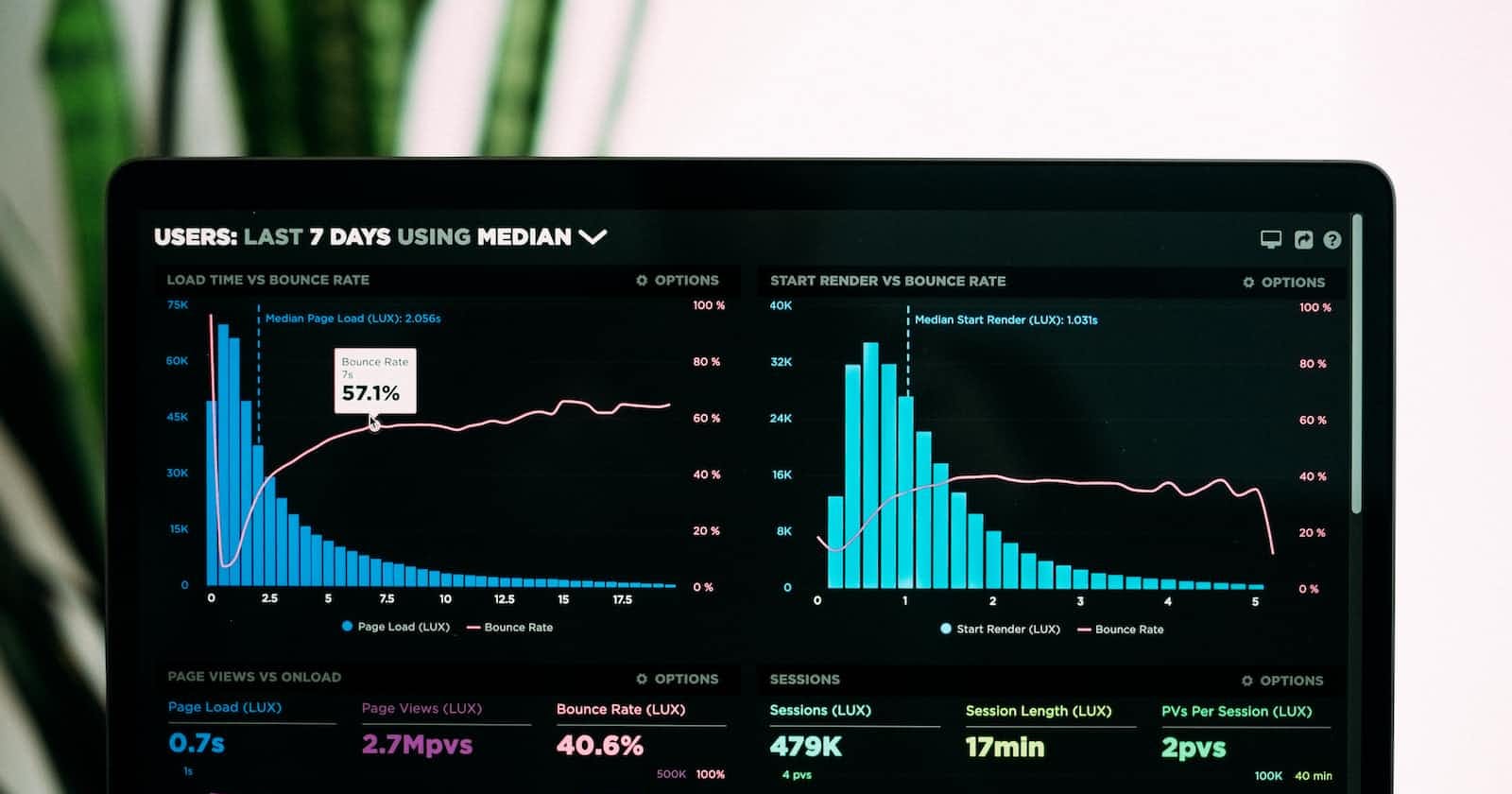
Photo by Luke Chesser on Unsplash
Introduction To Data Mining
This article mainly discusses about the basic idea of data mining.
Table of contents
No headings in the article.
WHAT IS DATA MINING?
Data mining is extraction of useful data from a chunk of huge datasets. It not only includes extraction of data but also is used for following:
- data cleaning: removing unwanted information.
- data transformation: changing data into useful information
- pattern evolution: finding where the data can be used.
- data presentation: presenting data properly. It is a process which involves methods to examine different data sets to find hidden patterns of information and therefore is characterized accordingly. The characterized data is later collected and assembled in such a way that the extracted information can be used more efficiently. Data mining has several applications in agriculture, business, financial planning etc.
Need of Data Mining
- With increase in technology the data resources have also increased. At every second new data is created. So, it becomes manually impossible to analyze each piece of data therefore it becomes necessary to use data mining.
- It provides insight of collected data.
- It can be used to predict future trends based on pre-existing datasets and deduct huge data into valuable information.
- Also, it can prove useful to take valuable decisions.
FUNCTIONIONALITIES OF DATA MINING: The way data mining work can be divided into two ways descriptive and predictive. The descriptive functionalities include characterization of data whereas predictive functionalities include prediction of data. Some data mining techniques are listed below:
- Association: Give preference to the data which is widely used.
- Classification: Data of similar type is grouped together.
- Clustering: Data types which are dependent on one another are also grouped together. This helps in identifying the data.
- Regression: Analyse whether two data sets are related to one another if yes, then they’re grouped together.
- Prediction: Predict future trends based on pre-existing data sets.
Process: ◦ Collecting requirements: Just like any other process in data mining too collecting requirements is the first step. Information regarding what user wants and necessary requirements is collected. ◦ Data investigation: Here identification and conversion of data is done using data mining statistics. ◦ Data collection and planning: Various data sets are collected. ◦ Modelling: Conversion of data into useful information is done in this step. ◦ Assessment or Evaluation: The collected information is evaluated. ◦ Deployment: The final product of collected information is presented Infront of the user.
Uses: Data mining can be used in various fields such as Agriculture planning, finance, etc. Some of it’s uses are listed below: Agriculture planning: In agriculture farmers have a lot of decisions to make and have to dilemma which options they should go for. Data mining helps can help farmers to make these decisions. For example, based on the previous yield estimations data mining can help to make a choice which crop should be planted or how or under what conditions they can be kept so that the yield is more. Algorithms like PAM, CLARA and Multiple Linear Regression etc can be used to do similar operations. Finance: Due to economic evolution and globalization huge data sets regarding finance are collected. Data mining uses this data sets and data driven analysis and modelling to help in strategic planning, investment and risk management is done. Data mining uses statistics, probability, machine learning to make these decisions, Healthcare: Healthcare workers may use data mining to detect fraud and abuse, healthcare organisations can use data mining to make customer relationship management decisions, physicians can find effective therapies and best practises, and patients can get better and more economical healthcare. Marketing: Information mining is utilized to investigate huge datasets to further develop organizations market division. By breaking down the connections between factors, for example, client age, gender, etc. it is feasible to make a client customized marketing. Banking: Data mining can be used to detect market risks and try find a pattern in market growth. It can also help to detect fraud and abuse in the markets. Similarly data mining can also be used in retails. It can be used to find customers choices and preferences even which the user is unaware of.
